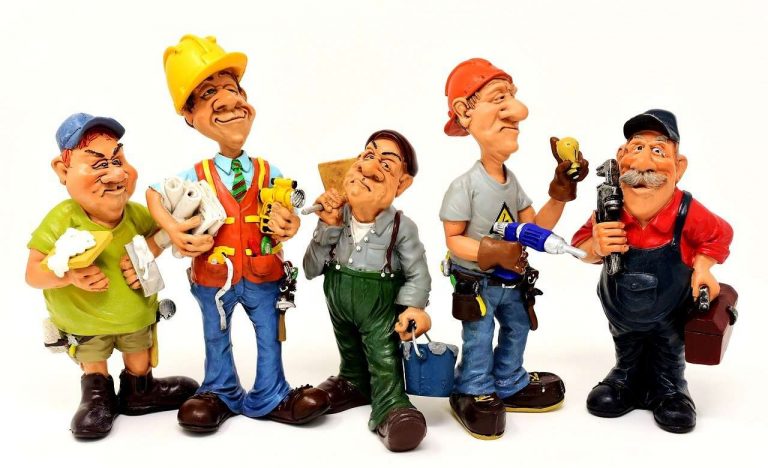Have you ever considered the lives lived by the objects around you? The chair you sit in, the lamp on your desk, the painting on your wall – what stories could they tell if given a voice? In the world of design, we often think about the functionality and aesthetics of items, but what if we also considered their past lives? By creating character backstories for the objects we interact with daily, we can add depth and intrigue to our spaces. Join us as we explore the art of imagining past lives for design.

Connecting with the past: Using character backstories in design
When it comes to designing characters, one powerful technique is to delve deep into their past lives and create rich backstories that can inform their appearance, personality, and motivations. By imagining the experiences and traumas that have shaped a character, designers can create more nuanced and believable personas that resonate with audiences.
Here are some ways to use character backstories in design:
- Visual cues: Incorporate elements from a character’s backstory into their design, such as scars, tattoos, or clothing that reflects their past experiences.
- Personality traits: Consider how a character’s past might influence their behavior and interactions with others, and reflect these traits in their design.
- Motivations: Use a character’s backstory to inform their goals and desires, creating a more compelling narrative arc.
By taking the time to craft detailed backstories for characters, designers can create more memorable and engaging creations that resonate with audiences on a deeper level. So, next time you’re designing a character, take a moment to imagine their past lives and see how it can enrich your design process.
Harnessing the power of empathy: Creating relatable and compelling narratives
Have you ever thought about the stories behind the characters in your design projects? Creating rich backstories for your characters can help you connect with your audience on a deeper level. By harnessing the power of empathy, you can craft relatable and compelling narratives that resonate with your users.
When imagining the past lives of your characters, consider their upbringing, motivations, and experiences that have shaped who they are today. By delving into their backgrounds, you can create more nuanced and three-dimensional personas that will engage your audience. Think about how their past experiences influence their current actions and decisions.
Empathy plays a crucial role in understanding the perspectives of your characters and their emotional journeys. By putting yourself in their shoes, you can create designs that speak to your users on a personal level. Use storytelling techniques to bring your characters to life and evoke a sense of empathy from your audience.
Crafting authenticity: Research techniques for developing realistic past lives
When it comes to creating compelling characters with realistic past lives, research techniques are essential for crafting authenticity. By delving into historical contexts, psychological studies, and personal experiences, designers can develop rich backstories that add depth and dimension to their creations.
One effective research technique is to explore the cultural and societal norms of different time periods. Understanding the customs, beliefs, and values of a character’s historical context can help inform their motivations, actions, and relationships. This attention to detail can make the past life of a character feel more believable and immersive.
Another valuable research method is delving into psychological studies on memory and identity. By considering how past experiences shape a person’s sense of self, designers can create characters with complex internal conflicts and growth arcs. This nuanced approach can add layers of authenticity to a character’s backstory.
Lastly, drawing inspiration from personal experiences and emotions can infuse characters with relatable qualities. By tapping into universal themes like love, loss, ambition, and fear, designers can create past lives that resonate with audiences on a deeper level. This personal touch can make characters feel more human and engaging.
Building depth and dimension: Bringing richness to design through detailed character histories
Creating rich and detailed character histories is like stepping into the shoes of someone who has lived a thousand lives. These backstories add depth and dimension to design, turning flat, two-dimensional concepts into vibrant, living personas that resonate with audiences. By delving into the past of a character, designers can bring a sense of authenticity and realism to their work, making it more relatable and engaging for viewers.
Imagining past lives for characters is an exercise in creativity and empathy. It requires designers to think beyond the surface level, to consider the experiences, motivations, and quirks that shape a character’s identity. By fleshing out these details, designers can create more nuanced and compelling designs that draw viewers in and keep them coming back for more.
When crafting character backstories, it’s important to consider every aspect of their lives, from their childhood to their career to their relationships. Each detail adds another layer of complexity to the character, making them feel more real and multi-dimensional. By weaving together these different elements, designers can create characters that feel like they could step off the page and into the real world.
As we delve into the world of design, the concept of incorporating character backstories from past lives opens up a realm of endless possibilities. By intertwining history with imagination, we are able to create designs that are rich in depth and meaning. So as you embark on your next creative project, don’t be afraid to let your mind wander into the unknown, for it is there that you may just discover the key to unlocking a truly unforgettable design. Embrace the past, imagine the possibilities, and let your creativity soar. Who knows what magic you may uncover in the process.


